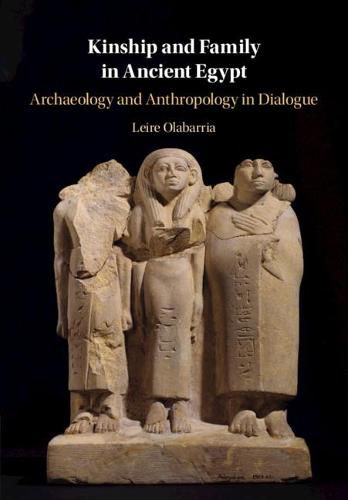Readings Newsletter
Become a Readings Member to make your shopping experience even easier.
Sign in or sign up for free!
You’re not far away from qualifying for FREE standard shipping within Australia
You’ve qualified for FREE standard shipping within Australia
The cart is loading…






In this interdisciplinary study, Leire Olabarria examines ancient Egyptian society through the notion of kinship. Drawing on methods from archaeology and sociocultural anthropology, she provides an emic characterisation of ancient kinship that relies on performative aspects of social interaction. Olabarria uses memorial stelae of the First Intermediate Period and the Middle Kingdom (ca.2150-1650 BCE) as her primary evidence. Contextualising these monuments within their social and physical landscapes, she proposes a dynamic way to explore kin groups through sources that have been considered static. The volume offers three case studies of kin groups at the beginning, peak, and decline of their developmental cycles respectively. They demonstrate how ancient Egyptian evidence can be used for cross-cultural comparison of key anthropological topics, such as group formation, patronage, and rites of passage.
$9.00 standard shipping within Australia
FREE standard shipping within Australia for orders over $100.00
Express & International shipping calculated at checkout
In this interdisciplinary study, Leire Olabarria examines ancient Egyptian society through the notion of kinship. Drawing on methods from archaeology and sociocultural anthropology, she provides an emic characterisation of ancient kinship that relies on performative aspects of social interaction. Olabarria uses memorial stelae of the First Intermediate Period and the Middle Kingdom (ca.2150-1650 BCE) as her primary evidence. Contextualising these monuments within their social and physical landscapes, she proposes a dynamic way to explore kin groups through sources that have been considered static. The volume offers three case studies of kin groups at the beginning, peak, and decline of their developmental cycles respectively. They demonstrate how ancient Egyptian evidence can be used for cross-cultural comparison of key anthropological topics, such as group formation, patronage, and rites of passage.